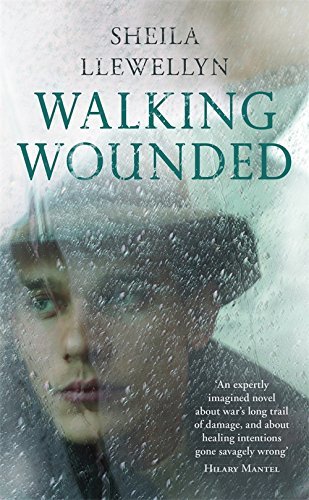What do you think?
Rate this book


Hardcover
First published January 25, 2018
“Daniel stared at the white-ish brain matter clinging to the haft and clogging up the eye of the needle. Can it really be as easy as that – to scrape out someone's depression, their melancholy, their anxiety? To scrape out someone's emotions?”So assured is Sheila Llewellyn's writing, one would never guess Walking Wounded was her first novel. Her portrayal of the emotional devastation caused by armed conflict, and the often unintentional misery brought about by misguided attempts to repair the damage is staggeringly accomplished.